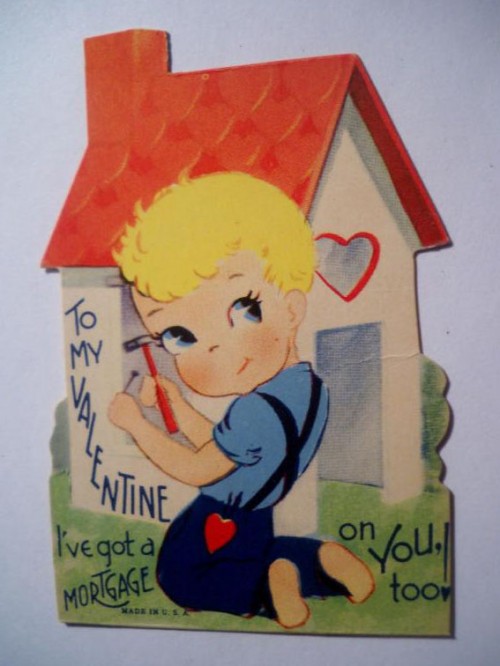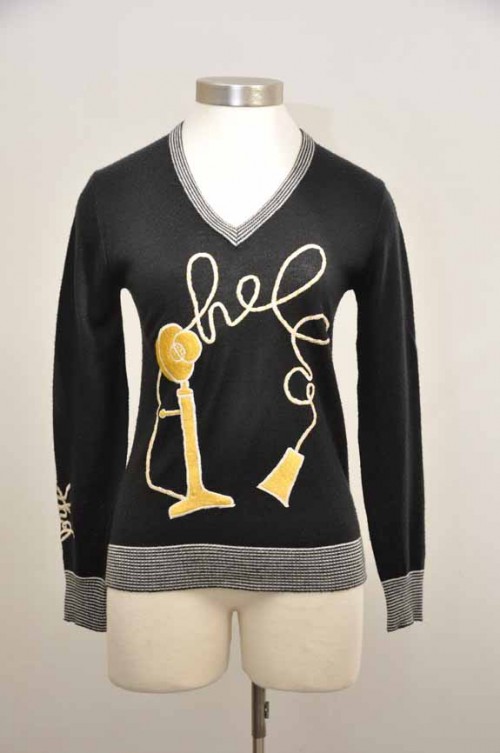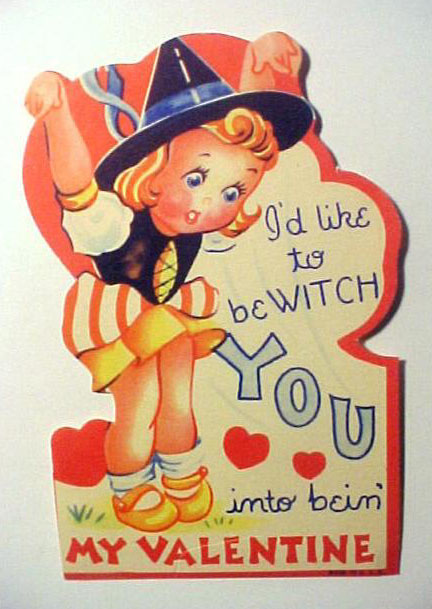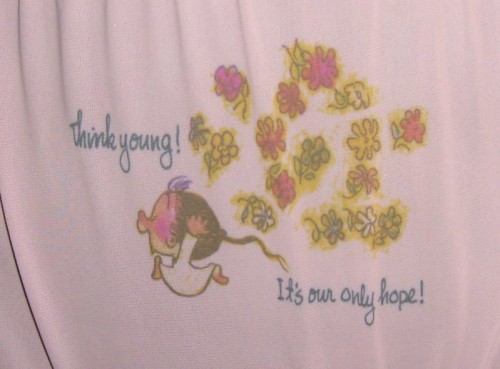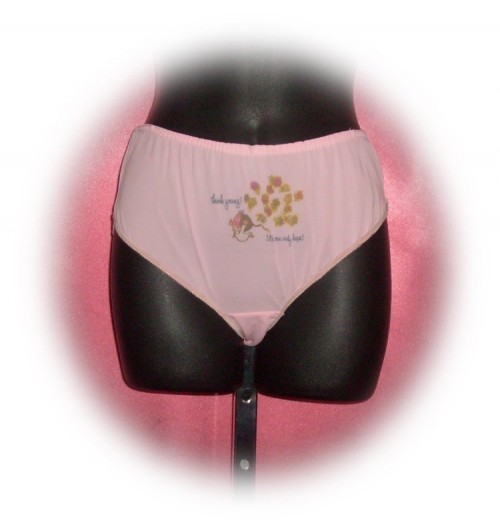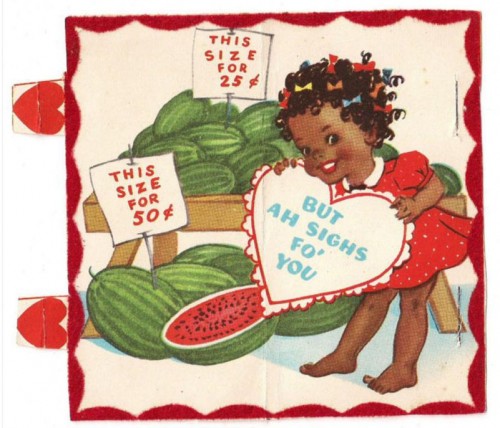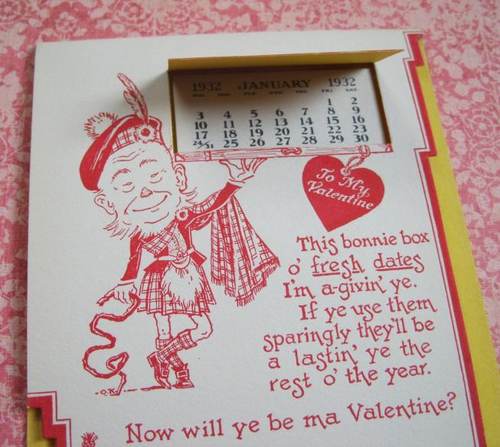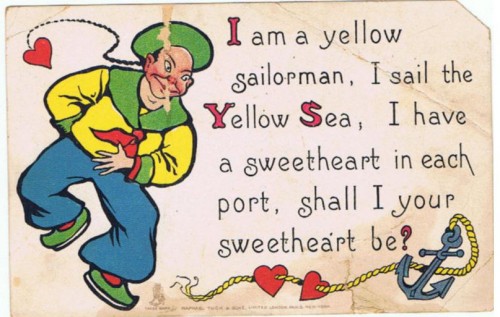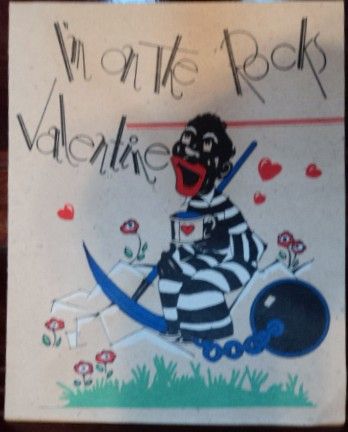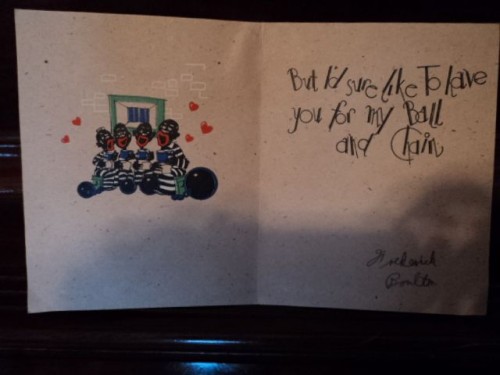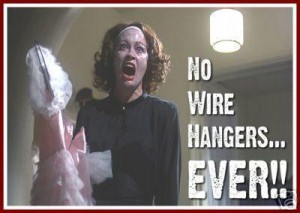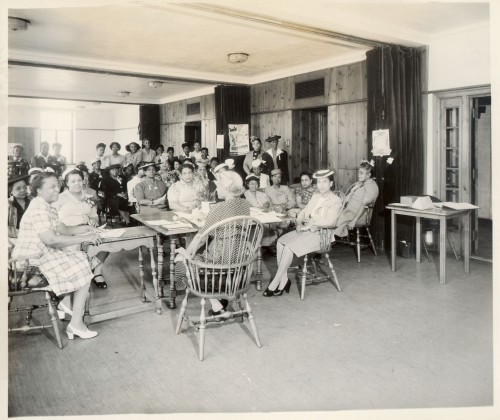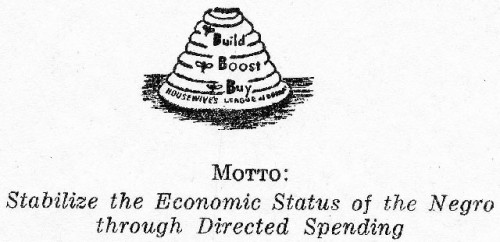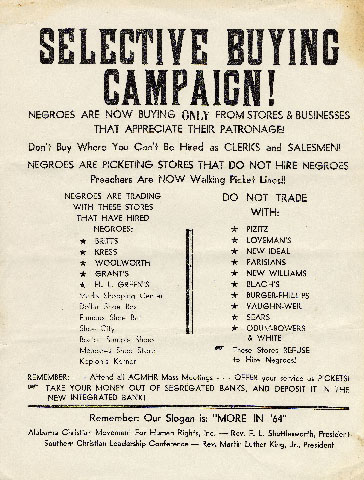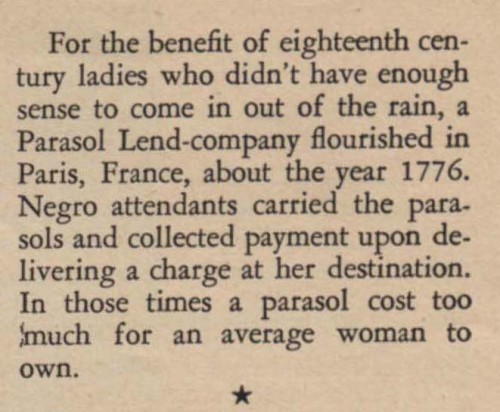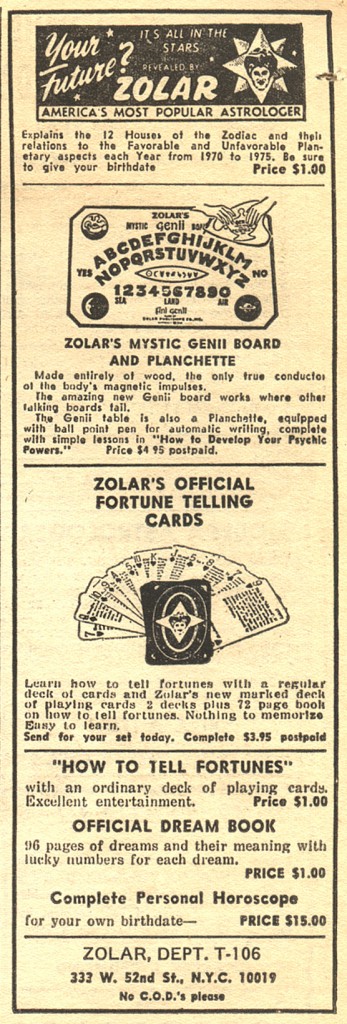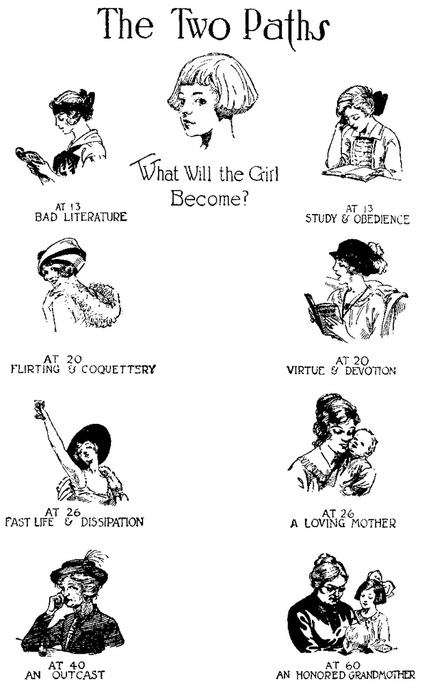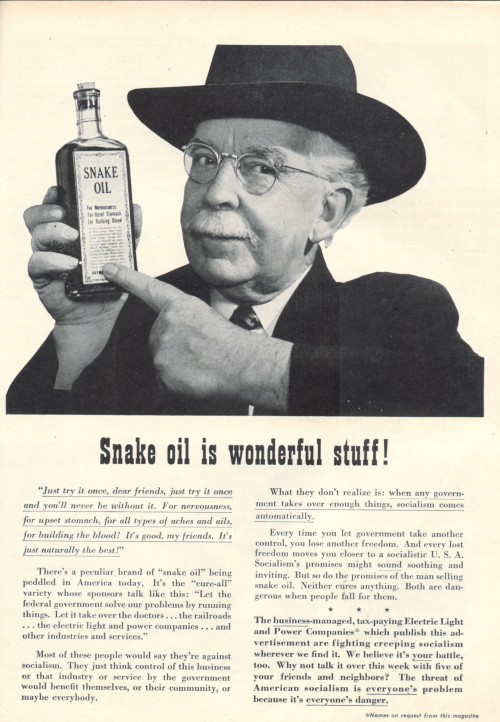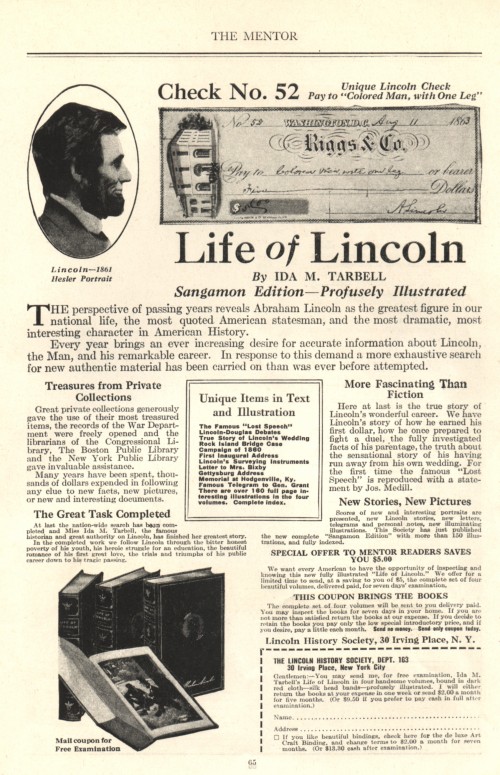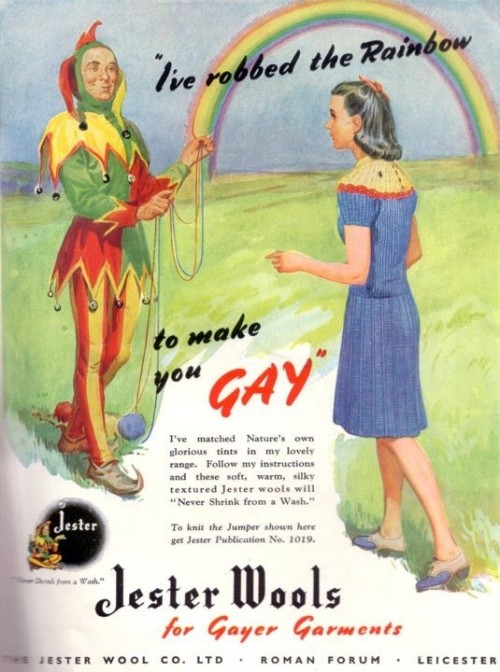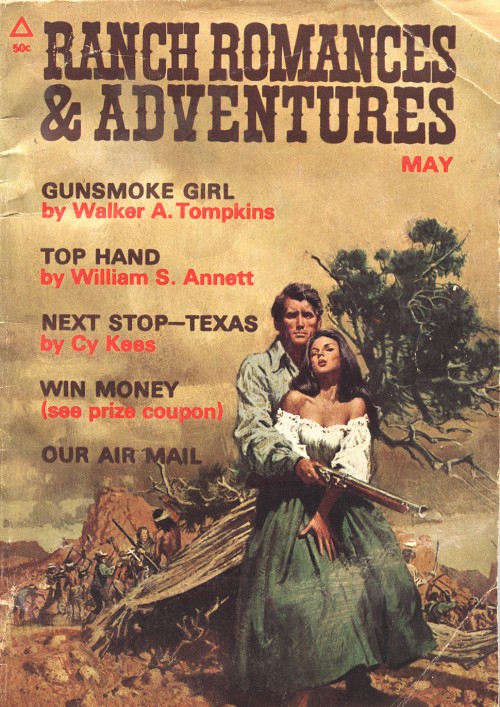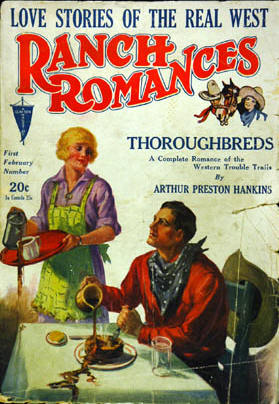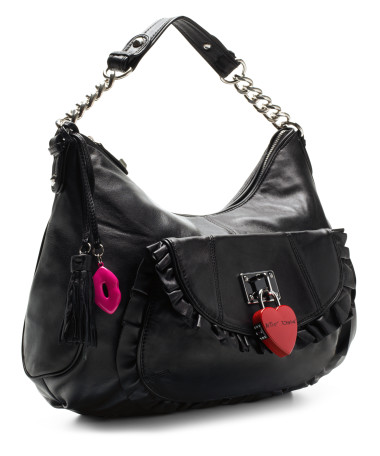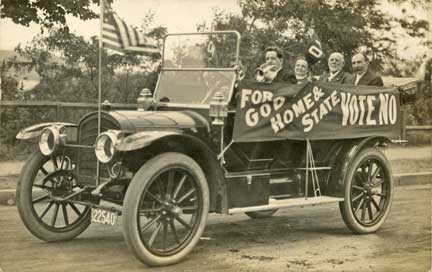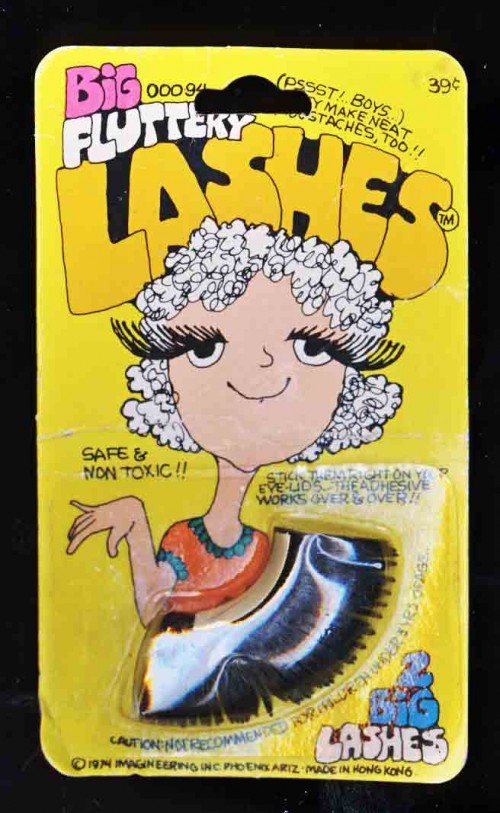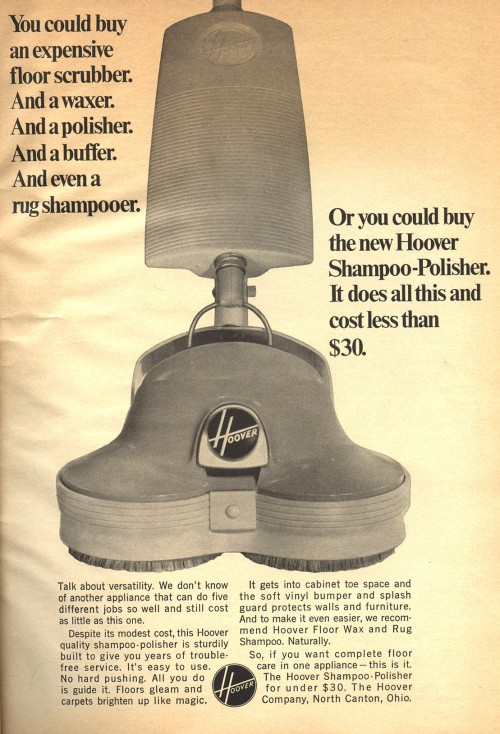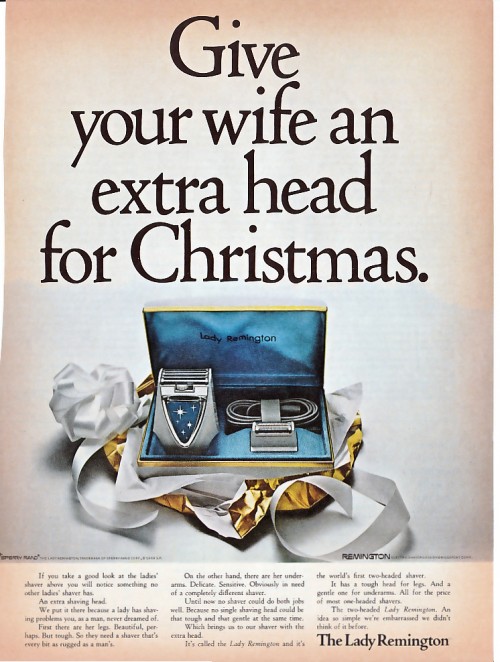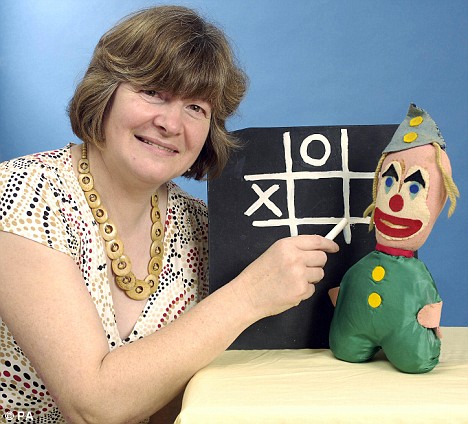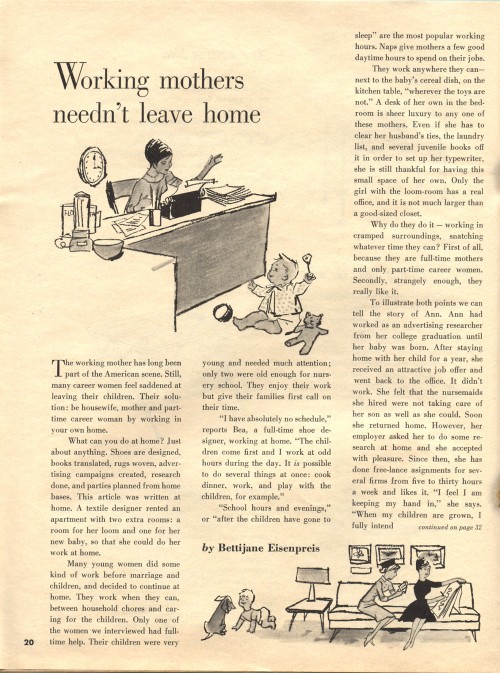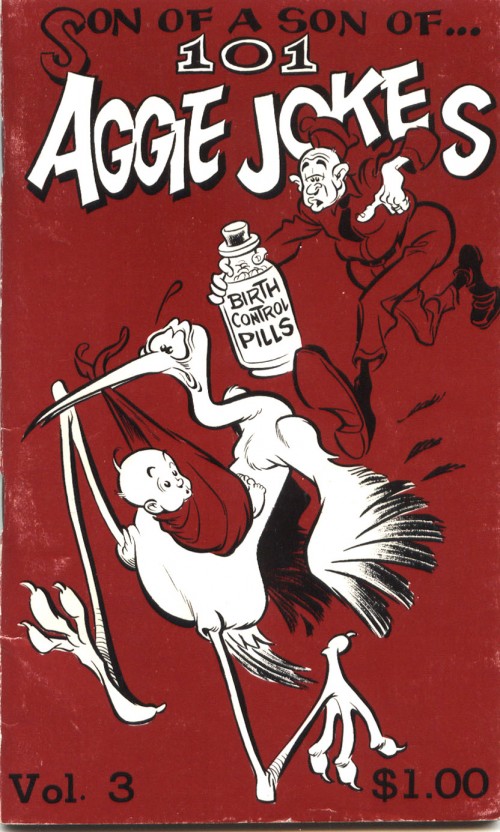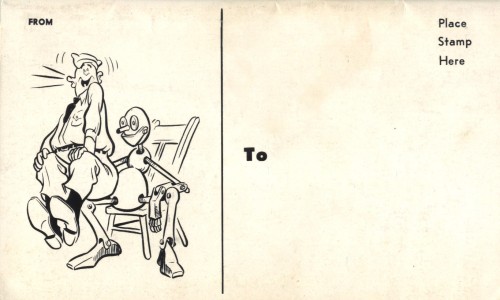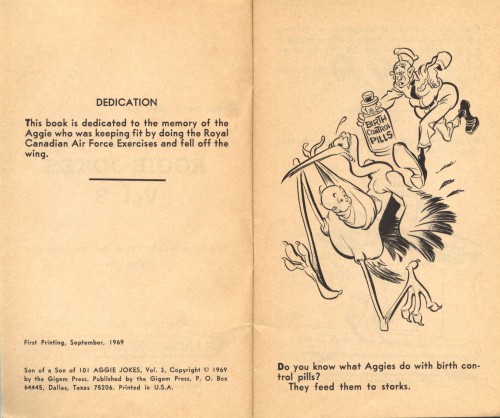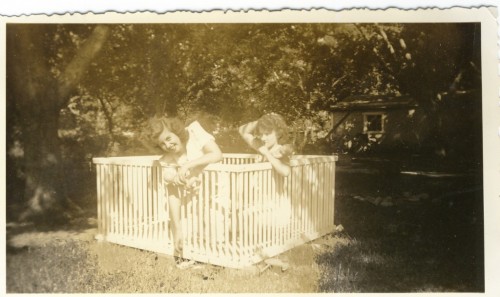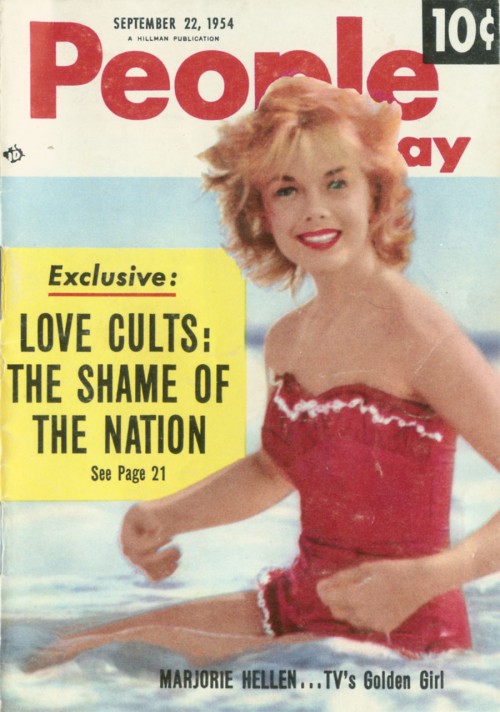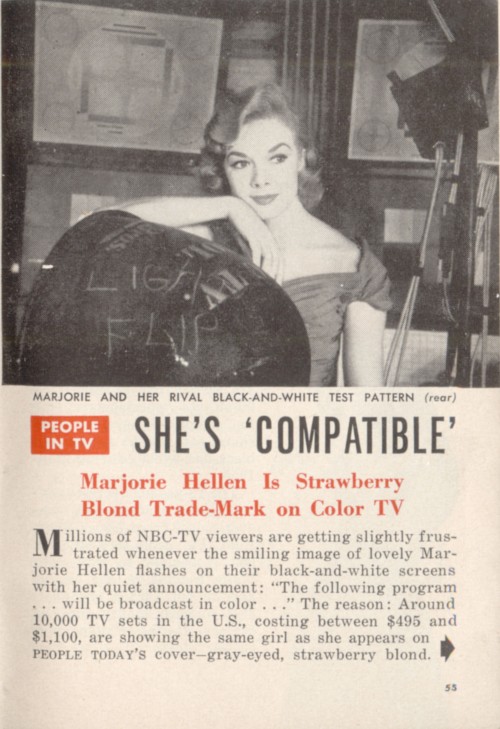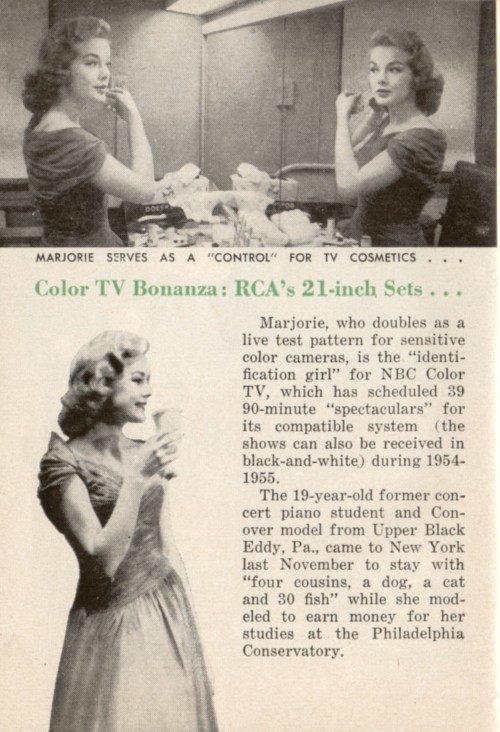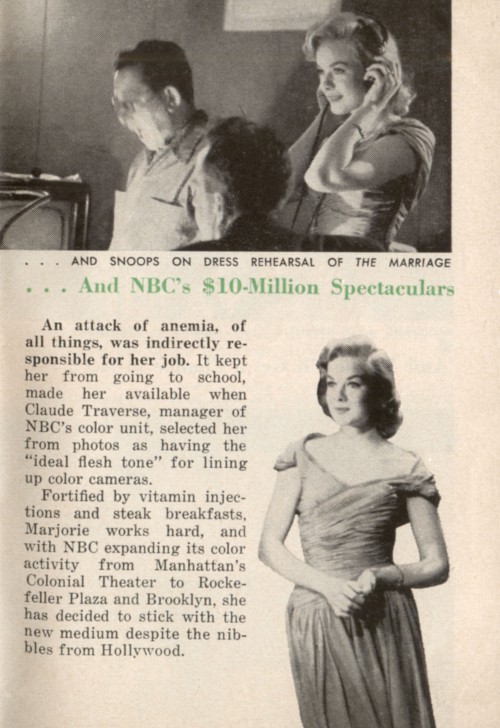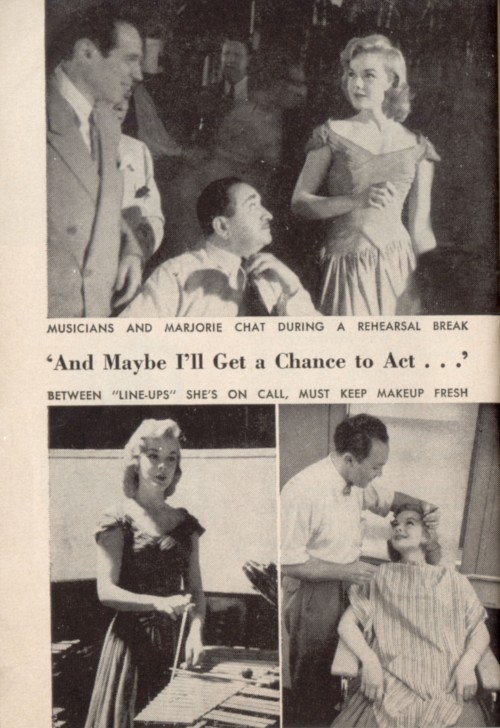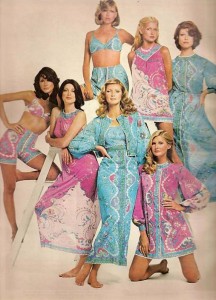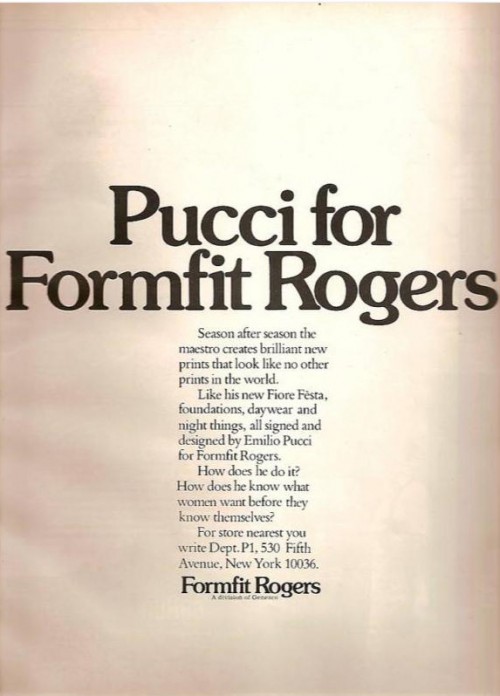I love words, and I don’t just mean when I use them to blither about blogging; I love saying words.
But not just any words… I relish the feeling of saying certain words, usually in pairs, forcing the proper pronunciation even if tweaking their meanings.
I think it began at some point in junior high… I’m not sure how or why, of any context for learning the term, but once I heard “spina bifida,” I couldn’t say it enough. It was a delight for my mouth and tongue to form and repeat over and over again in a rush. What a rush!
However, being that it’s a Bad Thing, I then turned it into a swear — only uttered when alone. I’d sputter an angry “spina bifida” when stubbed my toe or something.
After awhile, the Pavlovian response was to equate the spoken word with the pain and I stopped doing it. …Saying the medical condition’s name, not stubbing my toe or otherwise hurting myself, that is. I am still a klutz.
As an adult, my phrase-o-fun became “naked gnomes” — something I found as fun to visually imagine as to physically say.
Actually I can, and often do, cheer myself up still today (quite literally), saying “Naked gnomes!” It makes me giggle. Even when the kids wrinkle their noses at any utterance of any nudity. Or maybe that’s an added benefit. …That’s a tough one to call.
Go ahead, try it yourself. Say, “Naked gnomes!” a few times and see if you don’t find yourself smiling.
The latest spate of pharmaceutical ads has made “norepinephrine” my latest bit of word fun.
I know, I know; it’s only one word. But I did say that usually it was pairs of words — plus, my twist is that I pronounce it “Nora Pinephron.”
“Why?” I imagine you ask (because certainly you asked neither for nor about any of this).
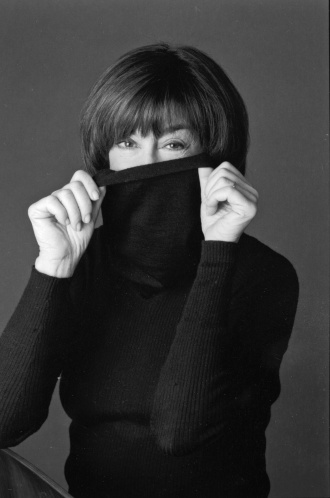 Because the first time I recall hearing about norepinephrine it was in conjunction with a means of treating depression, and I instantly thought of Nora Ephron; she certainly lifts my depression.
Because the first time I recall hearing about norepinephrine it was in conjunction with a means of treating depression, and I instantly thought of Nora Ephron; she certainly lifts my depression.
It is at this point that the educated word lover in me is reminded of all my formal English and professional communication education; this post, along with breaking several grammar conventions, I am sure, is lacking the most very basic cornerstones of communication: A freaking point.
I have no real purpose for sharing any of this. But if you yourself enjoy speaking specific words, or give mine a try and are delighted in the experience, please let me know. Maybe then I have a point after all.

